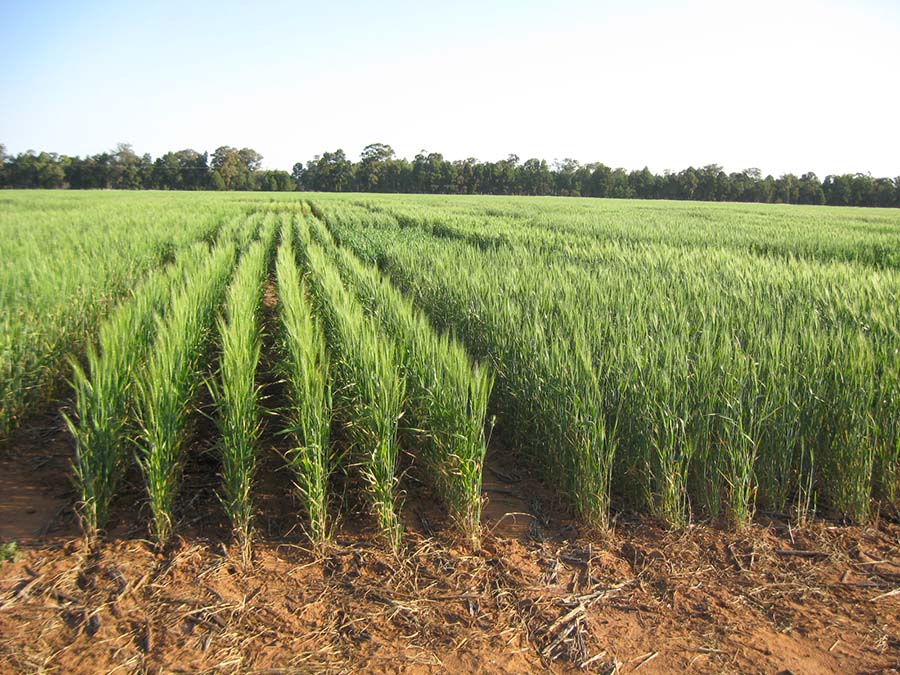A new project is underway to support Western Australia’s high rainfall zone (HRZ) growers to maximise their profitability and ensure sustainability of production through crop rotation sequencing, crop management and integrated disease management strategies.
The $10 million, five-year project was announced today (November 9) by Agriculture and Food Minister Jackie Jarvis at the Albany Agricultural Show in Albany.
An investment of GRDC, the project will be led by the WA Department of Primary Industries and Regional Development (DPIRD). GRDC will contribute a total of $3.15 million, while DPIRD will contribute an additional $6.8 million.
GRDC Managing Director Nigel Hart said grain growers in WA’s HRZ face a unique set of production challenges, including higher occurrence of disease, with crop sequence being a primary driver of system performance.
“Applying a farming systems approach, this new $10 million project led by DPIRD will explore cropping rotation options in the HRZ, including legume phases, providing growers with practical strategies to maximise enterprise profitability and ensure sustainability of their enterprise,” Mr Hart said.
“With tight cereal-canola rotations commonplace in the Albany and Esperance port zones, it will focus on crop diversification strategies together with an integrated disease management approach.
“This critical investment complements GRDC’s existing Western Australian Farming Systems project – also led by DPIRD – which is undertaking farming systems research in the low and medium rainfall zones of WA.”
DPIRD project lead, research scientist Stacey Power said the project would deliver more sustainable farming system strategies to help high rainfall zone grain growers maintain profitability – now and into the future.
“The current tight rotations are constrained by disease and soil fertility risks, which will continue to increase over time, if not addressed,” Ms Power said.
The HRZ project will focus on crop diversification strategies together with an integrated disease management approach. Photo: GRDC
“This project will work closely with growers on the ground to gain an in-depth understanding of the best mix of crops that will optimise long term paddock potential, soil health and farm business margins.”
GRDC Senior Regional Manager West Peter Bird said the project builds on previous GRDC investment in WA’s HRZ which examined optimising cropping for profit, as well as a GRDC project led by Grower Group Alliance working to close the economic yield gap for grain legumes in WA.
“Although growers and industry acknowledge the desirability of crop diversity and lower input production systems, crop rotations that exclude a legume phase are common in the HRZ,” Mr Bird said.
“By taking a holistic approach to production systems through multi-year, fully phased farming system experiments, this project will evaluate the impact of crop type, rotational sequence, agronomic management and integrated disease management on long term sustainability and profitability for HRZ growers.
“Experienced researchers and consulting agronomists from both port zones will form a management committee, which will provide practical input to inform trial design and the most important crop rotations to explore.”
The project’s design and consultation phases are underway now, with the first series of trials planned for the 2025 growing season.


























































